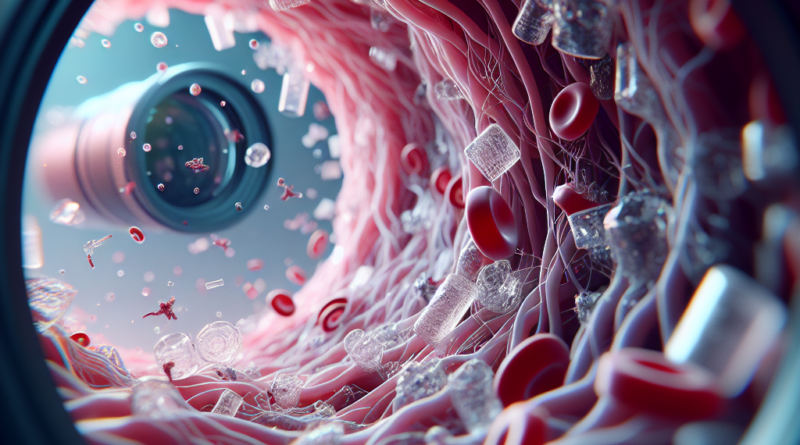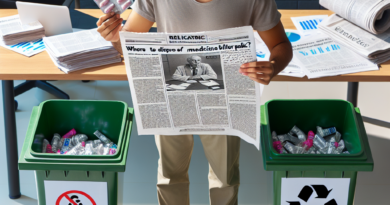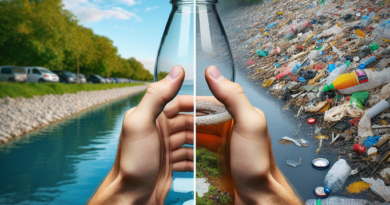Plastic Found in Our Blood: A New Research Confirms
Microplastics in Human Blood: New Research Findings
Microplastics are now ubiquitous, being found everywhere from ice to air, food, and even, as recently confirmed by a Dutch study, in human blood, lungs, and even placenta.
Types of Plastics Detected
Various types of plastics have been identified, and despite initial industry skepticism following the discovery of microplastics in the blood of Dutch individuals in 2022, further research at the Vrije Universiteit has validated these findings.
Recent Studies Confirm Presence
A new study involving 68 subjects confirmed the presence of microplastics and nanoplastics in human blood, as reported in the journal Microplastics and Nanoplastics.
The study analyzed 68 blood samples and found polymers in 64 of them, with 17 samples revealing the specific types and quantities present.
Identifying Microplastics in Blood
Researchers utilized the Limit of Quantification (LOQ) and Limit of Detection (LOD) to quantify and identify the microplastics present.
On average, 1.1 micrograms of polymers were found per milliliter of blood, with prevalent types including polyethylene, PVC, and polyethylene terephthalate (PET).
How Do Microplastics Enter the Bloodstream?
The research raises questions about the pathways of plastic ingestion into the bloodstream, suggesting possible inhalation or ingestion through food and drinks rather than skin absorption.
Implications and Further Research
This study marks an essential step towards understanding the potential health risks associated with micro and nanoplastic exposure, prompting further investigations into their impact on human health.
Recent studies hint at potential harmful effects, such as reduced sperm production in dogs after exposure to microplastics.
Yet, further research is warranted to determine the exact consequences of microplastic presence in human blood and its possible repercussions on reproduction and overall health.
As we continue to explore the effects of microplastics on human life, this research paves the way for future inquiries and underscores the urgency of comprehending and addressing the dangers posed by plastic pollution.




